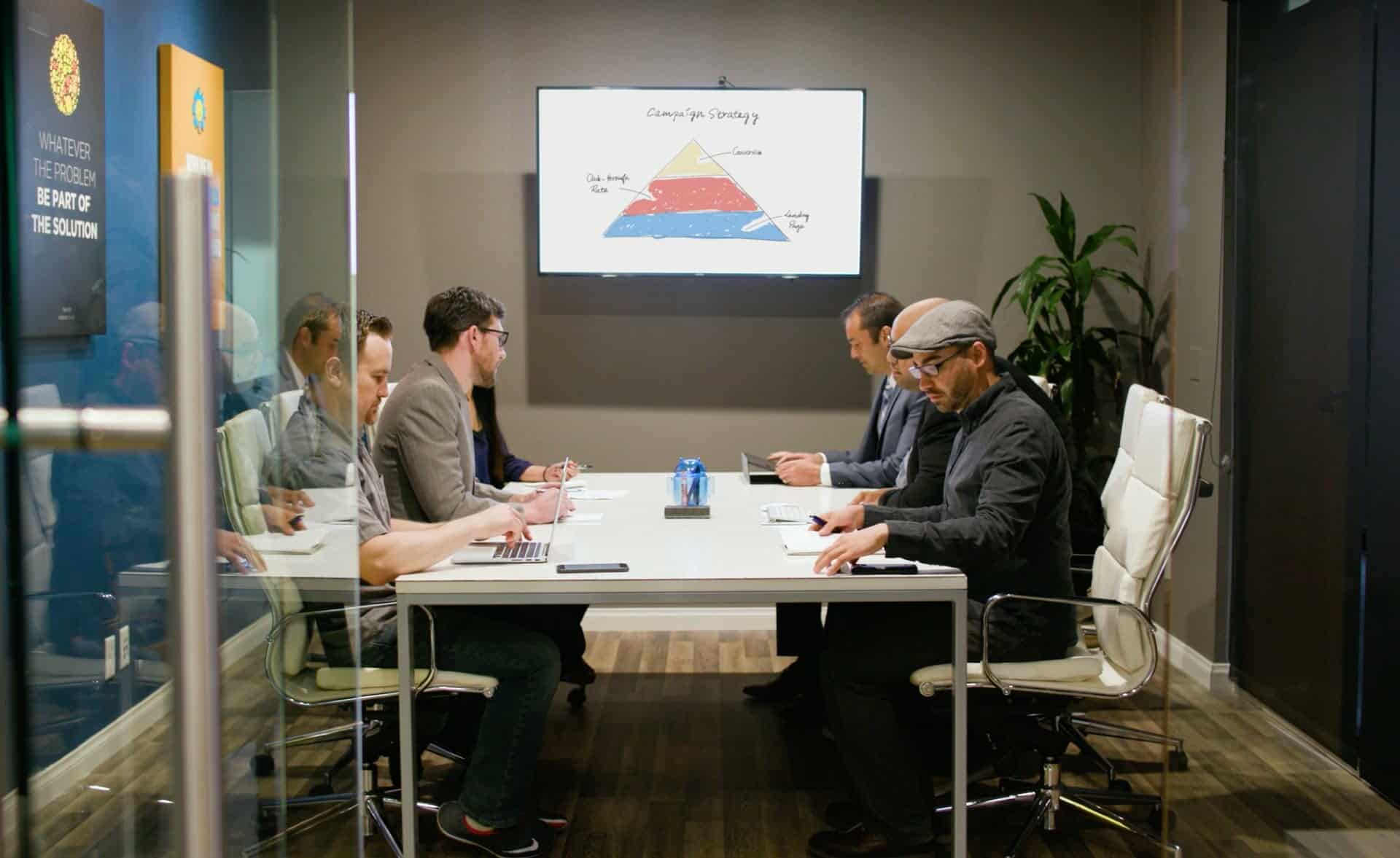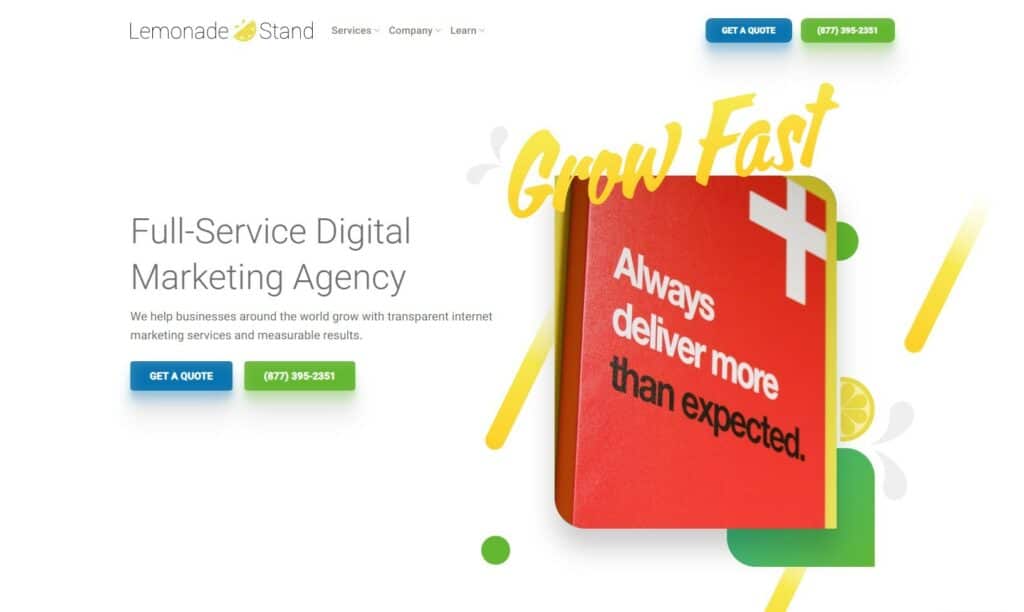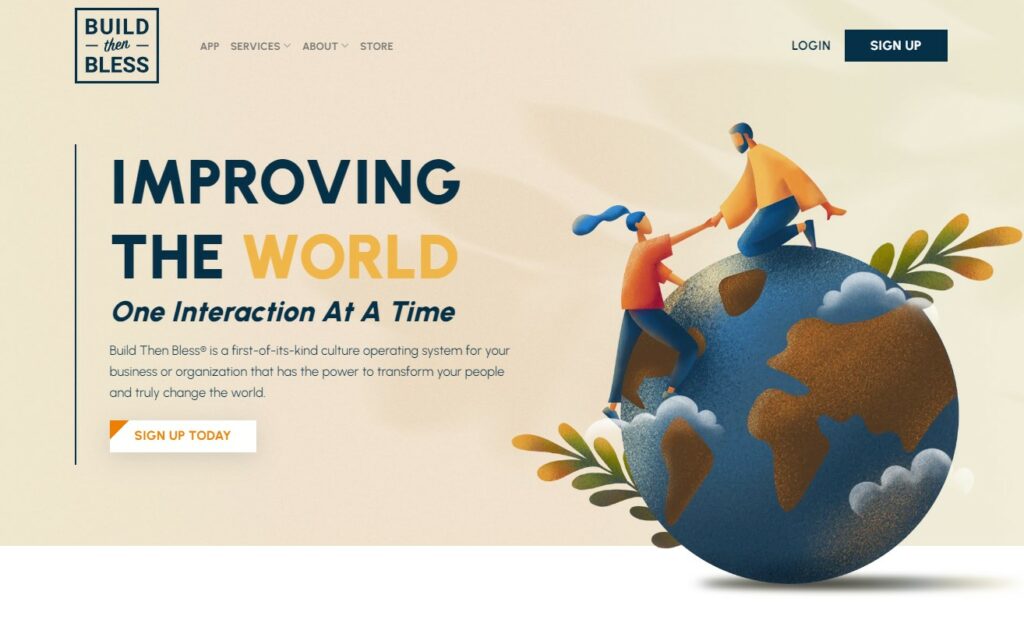Loyalty usually counts for a lot in business. But not with SaaS companies. At least, especially not lately. They’re increasing prices on software without one thought as to how it might affect the customers who helped them get to the next level in the first place.
We spend a lot on software as a service. In fact, our two biggest expenses are of course labor, number one, but software is number two. We are often early adopters of new software startups but we’re starting to see a trend among SaaS that is really beginning to annoy.
SaaS companies are building their software by acquiring early customers, like us, at a fair price. Their software is usually flawed and we’re required to be patient and help the company work out the kinks as they iterate and grow. Once the company has enough of these customers, then they go and seek out investors. The investors don’t give a crap about those initial customers. So guess what starts happening? The SAAS company decides that they want to make more money on you. And because you’ve invested so much of your time and money into learning and using their software, they figure that most of the customers will stay regardless of the price hike. To put it nicely… they’ve put you between a rock and a hard place.
See, here’s what happens. These companies used to be agile, frugal, and super concerned about the customer’s happiness. That is what got them going in the first place. But once you help them reach their goals, well, now you’re just some hash in a database. A user ID that was once indispensable, is now dispensable. The SaaS begins to pay out huge salaries, hire unnecessary personnel, lease super expensive downtown suites, buy Teslas for the founders, and start spending money like crazy in any way you can imagine.

I get it. I’m not a hater. It’s their business. I’m free to go somewhere else if I don’t like their spending habits and subsequent price hikes. It’s a free market. I know all that. All I’m saying is that if you want to stand out and be different as a software as a service vendor today, then build something sweet, that people love, and then take care of your early advocates and adopters.
Do I seem bitter? Yeah, maybe. It’s just happened one too many times lately. These software companies have huge margins on their software. Why do they need to make more of it on customers who went into the software at a certain price? Why not just grandfather those customers in and let them advocate for that software for the rest of eternity.
A lot of the SaaS companies we’ve used are start-ups — or still have that mindset. The start-up mentality prizes rapid growth and customer acquisition. They focus is on finding new customers and growing as fast as possible, even if the existing customer base gets ignored in the process. It’s like they have a loyal wife, husband, boyfriend, or girlfriend to come home to but get distracted by a new shiny object and forget how good they had it.
Maintaining the relationship with legacy customers is in my mind one of the most important things a company can do. Especially one that relies so heavily on word of mouth. Taking them for granted is a risk that can cause bad blood and big losses in the end. Your loyal tribe should be everything to your business.
Even though it costs money to continue serving legacy customers, it’s money well spent. The number of cancellations is subtracted from the number of new customers, a rate called churn. Companies like Rackspace have negative net churn, which aids in their well-known profitability. Churn is the worst. Minimize it at all costs. Giving ancillary price hikes to early adopters is just asking for churn.
Take Adobe for instance. They’ve been charging us $69.95 a month per user for Creative Cloud. We have about 16 users using it. But recently, they just decided that they’d like to make another $10 per user for Creative Cloud. There is no contract, so of course, we’re able to leave if we’d like. But there is no way to leave because all of the creative people have made their tools such an integral part of their career skill set and there is no viable competition. (Will someone please compete with Adobe!?)

Does Adobe really need to make $10 per user more on us? Why not just let us keep paying them like clockwork every month for the originally agreed upon cost per user? They know they’ve got us. “We’re making the change… like it or not.”
Let’s look at Freshbooks next. We’ve used them since the beginning. We’ve written blogs about them and their customer service. Giving them backlinks and shoutouts. But you know what they did to us just the other day? They wrote us an email telling us that we are no longer able to use a different payment processor than the one they acquired (WePay). When we signed up for Freshbooks, we used them because we could use Authorize.net as the gateway for processing payments. That was a big part of our online workflow. But one day, the Freshbooks management team decides it’s no longer enough to just make money on the software they provide. They now want to own all of the merchant service fees as well. After years of using Freshbooks and establishing our workflow based on their original software, they tell us that we have 20 days to stop using that workflow and switch to their payment processor. If we don’t switch within 20 days, they’re going to charge us 1% on all of our transactions. Or, the alternative, we can find a new accounting system.
It felt as if Chick-fil-a went out and adopted a Del-Taco or McDonald’s culture of serving their customers. We absolutely loved Freshbooks. We were raving fans! But now we’re just users who use it because we’re used to it. We’ll forever remain worried that one day, we’ll get an email out of the blue that is going to cause another strain on our small company. Again… they know they’ve got us. Like it or not.
Groove, our helpdesk software did the same thing. It was $15 dollars per user. Then all of the sudden our monthly charge from them was dramatically increased up to $22 per user. Not even a warning. They’re super transparent so according to their website at the time, they were raking in $400,000 in MRR (Monthly Recurring Revenue) with only about 9 or 10 employees. Talk about margin.
We log in to our Instapage account… and guess what’s at the top of our admin console? A message saying that we no longer offer or support the plan you’re on. We literally already went through that with them and upgraded to the best account they had. And now we’ve got to go through it again.
These are companies that are truly great companies at what they provide. In fact, we’ve modeled our business in many ways after these companies. But it’s so disappointing to have each of them not be able to figure out how to grandfather their long-time customers in at their original rates. That the best they can do is an impersonal message that pretty much says, “Thanks for your business. You can leave if you want, but we’re going to be charging you more. Good luck.”
Investors and shareholders are always rightly concerned about making more money or preparing for an exit. But that doesn’t mean that SaaS companies have to shortchange their existing clients in pursuit of greater profit margins. SaaS companies don’t have to sacrifice their loyal legacy customers for rapid growth. Both can be achieved by rewarding the loyalty of early adopters and continuing to invest in developing a world-class product.
So if you want to stand out as a new SaaS provider, here is one way you can do so. Take care of your customers and don’t bait and switch them. Don’t make them get into something they can’t afford. Don’t make them invest the time and money into learning your platform, only to cause a financial challenge for them in the future. Let them persist at the price you originally gave them. Don’t take advantage of their dependence on your platform. Be good to them and they’ll bless you forever.


